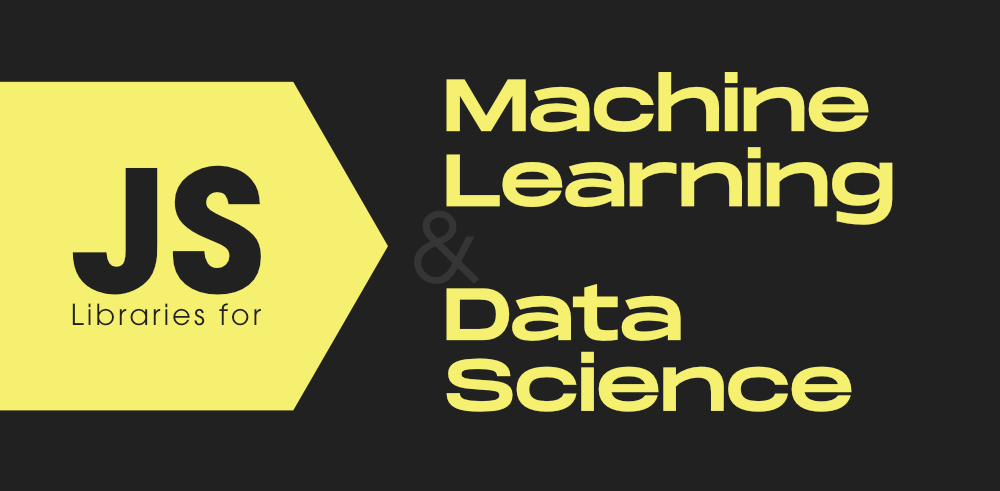14 Best JavaScript Libraries for Your Next Project
.png)
Introduction
JavaScript libraries are essential tools for modern web development. Whether you're building dynamic user interfaces, working on data visualization, or developing server-side applications, JavaScript libraries offer pre-built functionalities that can save time and enhance performance. Here’s a detailed look at 14 of the best JavaScript libraries you should consider for your next project.
React
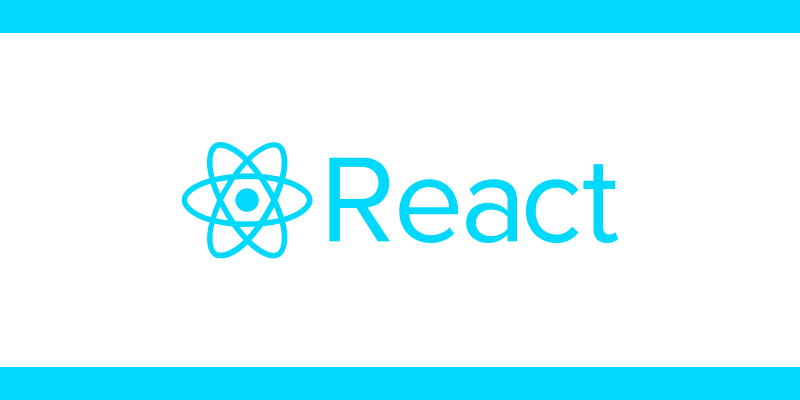
React, also known as React.js, is an open-source front-end library developed by Facebook. First introduced in 2011, it has revolutionized the way developers create dynamic web applications.
Key Features:
- Component-based architecture.
- Virtual DOM for fast rendering.
- JSX syntax for easy coding.
- Rich ecosystem with tools like React Router and Redux.
Use Cases:
- Single-page applications (SPAs).
- Complex web interfaces.
Prominent Users: Facebook, Instagram, Netflix, Airbnb.
Vue.js
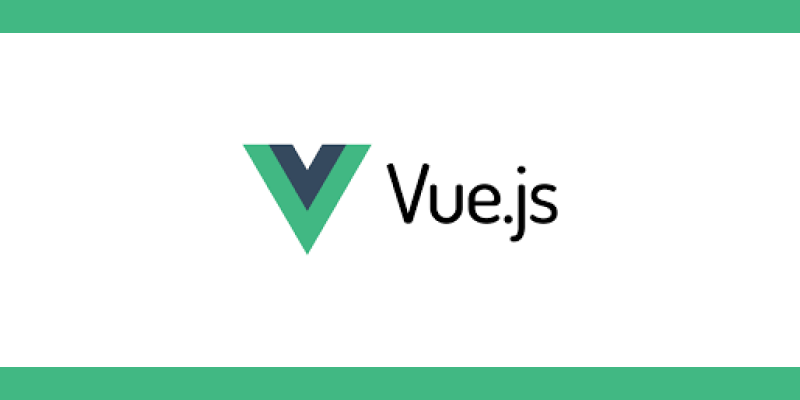
Vue.js is a progressive JavaScript framework for building user interfaces and single-page applications. It is designed to be incrementally adaptable, allowing developers to use it for small features or full-scale applications. Vue.js features a reactive data-binding system and a simple component-based architecture, making it intuitive and powerful. Its flexibility, lightweight nature, and detailed documentation make it ideal for developers of all skill levels. With a vibrant ecosystem and active community, Vue.js is widely adopted for creating modern, high-performance web applications.
Key Features:
- Two-way data binding.
- Lightweight and versatile.
- Simple integration with other projects.
Use Cases:
- Prototyping and small-to-medium web projects.
Prominent Users: Alibaba, Xiaomi, 9GAG.
Angular
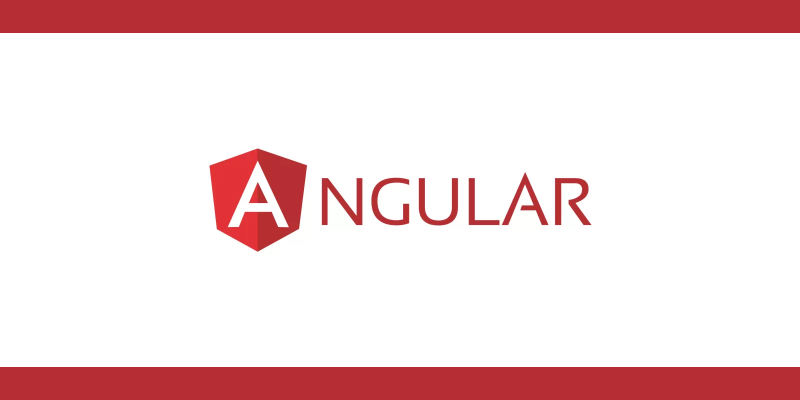
Angular, maintained by Google, is a comprehensive framework for building web applications. It’s particularly suitable for large-scale applications.
Key Features:
- Two-way data binding.
- Dependency injection.
- Built-in routing and state management.
Use Cases:
- Enterprise-level applications.
- Complex SPAs.
Prominent Users: Google, Microsoft, Upwork.
jQuery
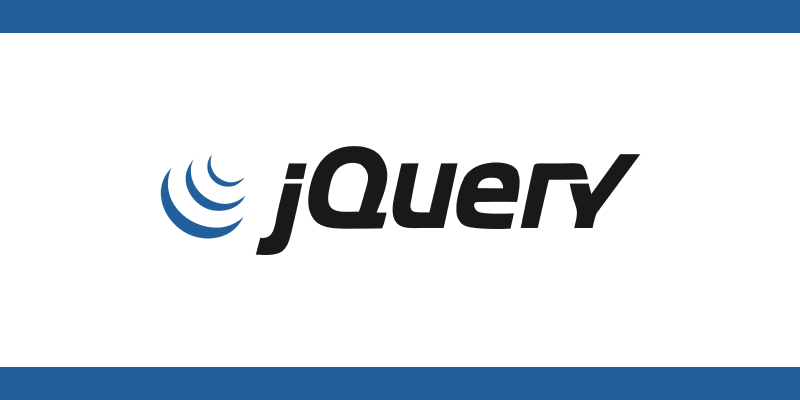
jQuery is a fast, lightweight, and feature-rich JavaScript library that simplifies HTML document traversal, event handling, and animation. It provides an easy-to-use API that works across multiple browsers, ensuring consistent functionality. With its simple syntax, jQuery allows developers to manipulate DOM elements and handle AJAX requests efficiently. It is widely used for enhancing web interactivity and user experience. Despite newer frameworks emerging, jQuery remains popular due to its versatility and extensive plugin ecosystem.
Key Features:
- Simplifies complex JavaScript tasks.
- Cross-browser compatibility.
Use Cases:
- Legacy projects.
- Quick prototypes.
Prominent Users: WordPress, Reddit.
D3.js
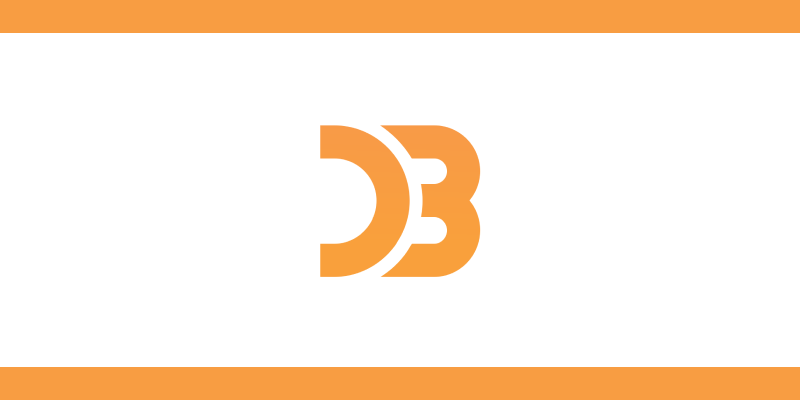
D3.js (Data-Driven Documents) is a powerful library for creating dynamic and interactive data visualizations. It enables developers to bind data to DOM elements and apply transformations to create visually stunning results.
Key Features:
- Manipulates SVG, HTML, and CSS to generate visuals.
- Handles large datasets with efficient performance.
- Provides fine-grained control over visualizations.
Examples of Visualizations:
- Bar Charts: Represent categorical data with rectangular bars to show comparisons.
- Scatter Plots: Display data points in a Cartesian plane for statistical insights.
- Geographic Maps: Create interactive maps with overlays like choropleths or markers.
Use Cases:
- Data dashboards for monitoring business metrics.
- Educational tools with interactive learning aids.
- Custom charts for publications and media outlets.
Prominent Users: New York Times, NASA, and various academic and scientific institutions.
Three.js
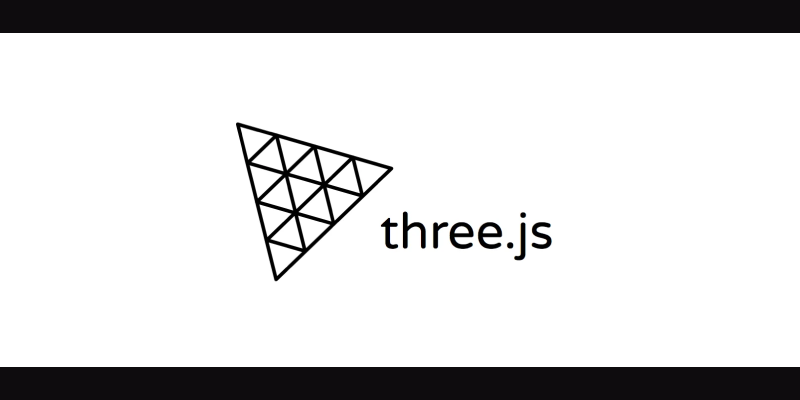
Three.js is a powerful JavaScript library that simplifies rendering 3D graphics directly in web browsers using WebGL. It provides an intuitive API for creating 3D scenes, objects, lighting, and animations, making it ideal for interactive applications. With its support for textures, shaders, physics, and post-processing effects, developers can create immersive experiences. Three.js is widely used for building 3D visualizations, games, and simulations on the web. Its extensive documentation and active community make it accessible for beginners and professionals alike.
Key Features:
- High-quality 3D rendering.
- Support for animations and textures.
Use Cases:
- Game development.
- Interactive 3D experiences.
Prominent Users: Google Earth, Minecraft Web.
Node.js
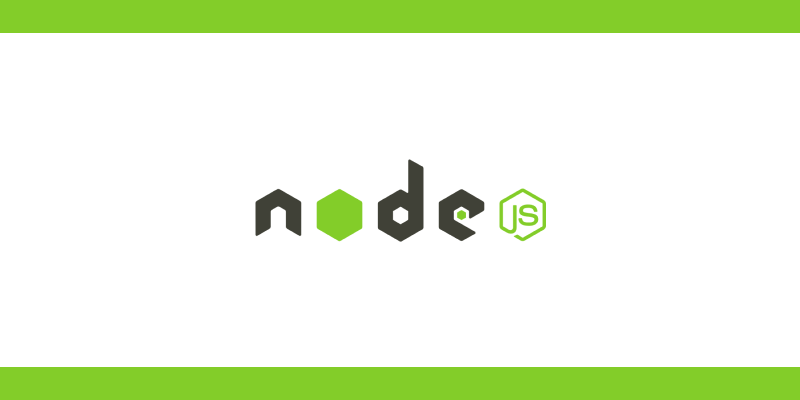
Node.js is a JavaScript runtime built on Chrome's V8 engine that enables developers to execute JavaScript code server-side. It is designed for building scalable, high-performance applications, particularly for handling I/O-intensive operations like web servers and APIs. Node.js uses an event-driven, non-blocking I/O model, making it lightweight and efficient. With a vast ecosystem of libraries available through npm, Node.js empowers developers to build fast and modular applications. It is widely used for real-time applications, microservices, and backend systems, offering seamless integration with various front-end technologies.
Key Features:
- Non-blocking, event-driven architecture.
- Scalable and fast.
Use Cases:
- Real-time applications.
- RESTful APIs.
Prominent Users: LinkedIn, Netflix, Walmart.
Express.js

Express.js is a minimalistic web framework for Node.js, designed for building web applications and APIs. Its simplicity and flexibility make it a favorite among developers for creating robust backend services.
Key Features:
- Simplifies server-side development with intuitive APIs.
- Middleware support for handling requests, responses, and additional processing layers.
- Robust routing capabilities for organizing application endpoints.
- High compatibility with other Node.js modules.
Use Cases:
- Building RESTful APIs.
- Developing backend services for web and mobile applications.
- Prototyping and creating lightweight web servers.
Prominent Users: Accenture, IBM, Uber, and many other companies rely on Express.js for its efficiency and ease of use.
Next.js

Next.js is a React-based framework that enables developers to build fast, scalable web applications with ease. It supports server-side rendering (SSR) and static site generation (SSG), allowing for optimized performance and SEO. Next.js offers a file-based routing system and automatic code splitting, simplifying the development process. With built-in features like image optimization, API routes, and CSS support, it provides a comprehensive solution for modern web development. Its developer-friendly experience and fast deployment capabilities make Next.js a popular choice for building production-ready React applications.
Key Features:
- SEO-friendly.
- Built-in routing and SSR support.
Use Cases:
- E-commerce websites.
- Blog platforms.
Prominent Users: Vercel, Hulu, Twitch.
Lodash
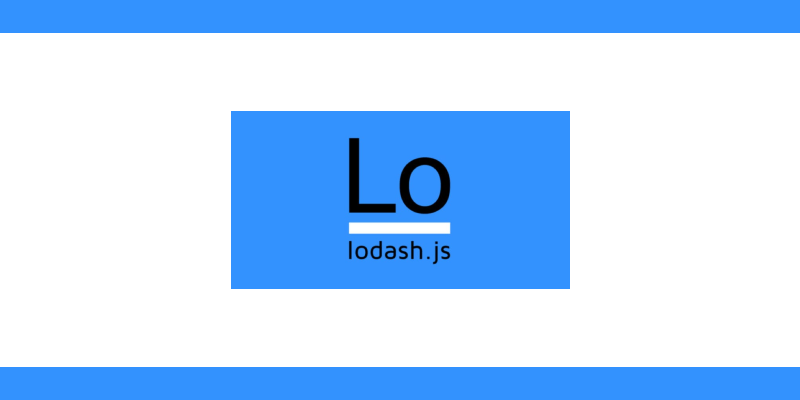
Lodash is a utility library that provides a comprehensive set of functions for manipulating arrays, objects, and functions. It simplifies tasks such as deep cloning, filtering, mapping, and reducing data, enabling developers to write cleaner and more efficient code.
Key Features:
- Offers utility functions for common tasks.
- Immutable operations.
Use Cases:
- Data manipulation.
- Functional programming.
Chart.js

Chart.js is a versatile library designed for creating a wide range of charts and graphs, offering both simplicity for beginners and flexibility for advanced users. With support for multiple chart types, including line, bar, radar, and pie charts, it enables developers to visualize data effectively in web applications. The library is highly customizable, allowing for responsive designs, animations, and extensive configurations to meet diverse requirements.
Key Features:
- Multiple chart types.
- Responsive and customizable.
Use Cases:
- Data visualization.
- Business dashboards.
Moment.js
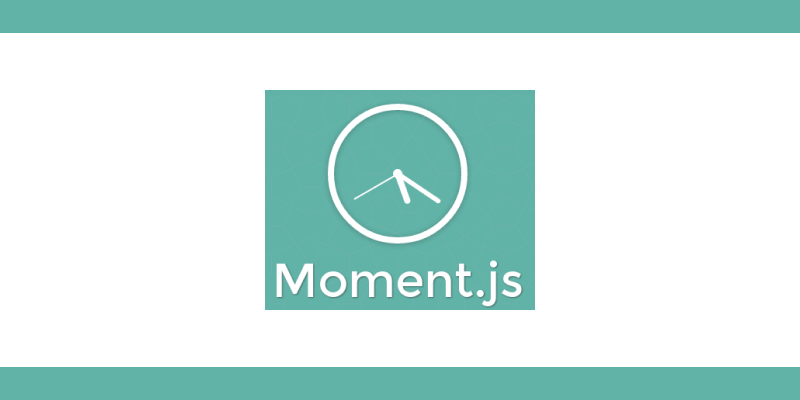
Moment.js is a library for parsing, validating, manipulating, and formatting dates and times. It has long been a popular choice for developers dealing with complex date and time requirements in web applications.
Key Features:
- Extensive support for date formatting and manipulation.
- Time zone support via the
moment-timezoneextension. - Localization capabilities for handling dates in various languages and formats.
Use Cases:
- Calendars and scheduling applications.
- Time-sensitive data processing.
- Applications requiring detailed date and time formatting.
Limitations:
- Large Bundle Size: Moment.js is relatively heavy compared to modern alternatives, which can impact application performance.
- Legacy Status: The library is no longer actively maintained, and the Moment.js team recommends using alternatives for new projects.
Axios
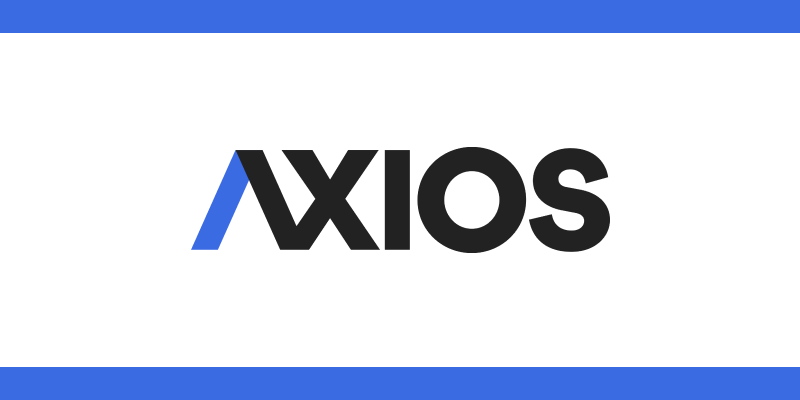
Axios is a promise-based HTTP client for making requests from both the browser and Node.js. It is designed to simplify HTTP requests and offers a rich set of features to manage API integration effectively.
Key Features:
- Promises and Async/Await: Built-in support for modern JavaScript features like promises and async/await ensures clean and readable asynchronous code.
- Request/Response Interception: Axios provides interceptors for modifying requests or responses, enabling tasks like token injection, logging, or error handling.
- Automatic JSON Handling: It automatically parses JSON responses and stringifies JSON request bodies.
- Timeout Configuration: You can set timeouts for requests to avoid infinite loading.
- Transform Requests/Responses: Allows customization of data before it is sent or after it is received.
Use Cases:
- API Integration: Fetching data from REST APIs or third-party services.
- Data Fetching in React/Angular/Vue: Axios integrates seamlessly with popular front-end frameworks.
- Server-Side Requests: It works well with Node.js for making server-to-server API calls.
Comparison with Fetch API:
- Fetch API is native to modern browsers but requires more boilerplate for common tasks like setting headers, parsing JSON, or handling timeouts. Axios abstracts these complexities, making it more developer-friendly.
- Unlike Fetch, Axios provides support for older browsers like Internet Explorer.
Redux
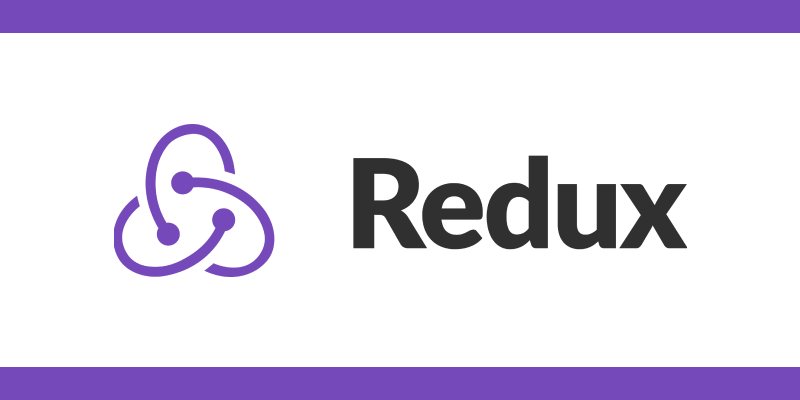
Redux is a state management library often used with React. It shines in scenarios where managing shared state across multiple components or pages becomes challenging. For instance, in a collaborative editing application, Redux ensures a synchronized state for multiple users working on the same document. This centralization prevents inconsistencies and provides a predictable way to update and retrieve application data.
Key Features:
- Centralized state management.
- Predictable state updates.
Use Cases:
- Complex applications.
- Multi-user collaboration tools.
Conclusion
Choosing the right JavaScript library depends on the specific needs of your project. Each of these libraries excels in its domain, whether it's building UIs, managing state, visualizing data, or handling backend logic. By leveraging these tools, you can streamline your development process and create high-performing, scalable applications.
FAQs
When selecting a JavaScript library, consider factors such as:
Popular front-end libraries include:
Yes, certain libraries are optimized for performance and can make your project more efficient. For example, libraries like React and Vue.js use virtual DOMs to minimize re-rendering, improving the speed of updates in your application.
Check the library’s:
While JavaScript libraries can significantly enhance most web-based projects, it's essential to assess whether they align with your project needs. For simpler projects, you might not need complex libraries, whereas large-scale applications can benefit from specialized libraries and frameworks to streamline development.

